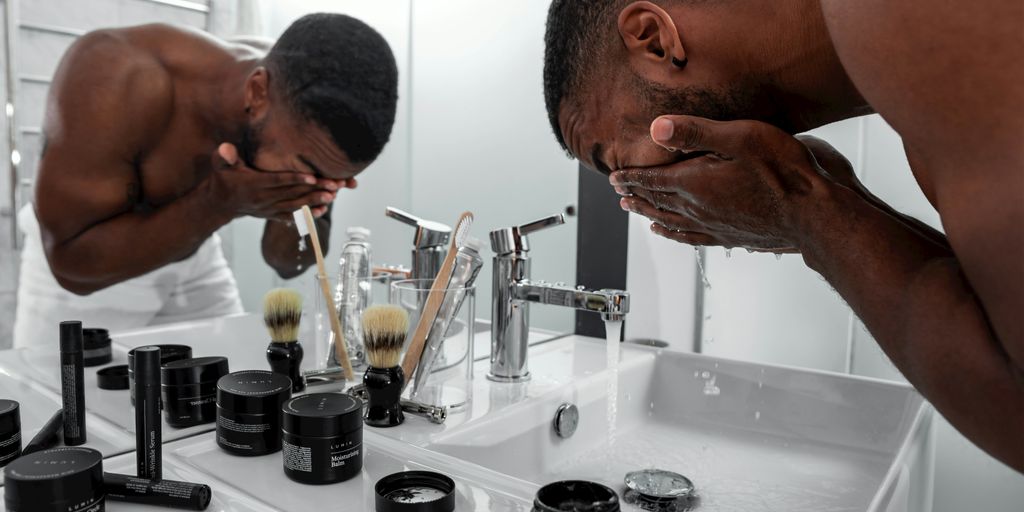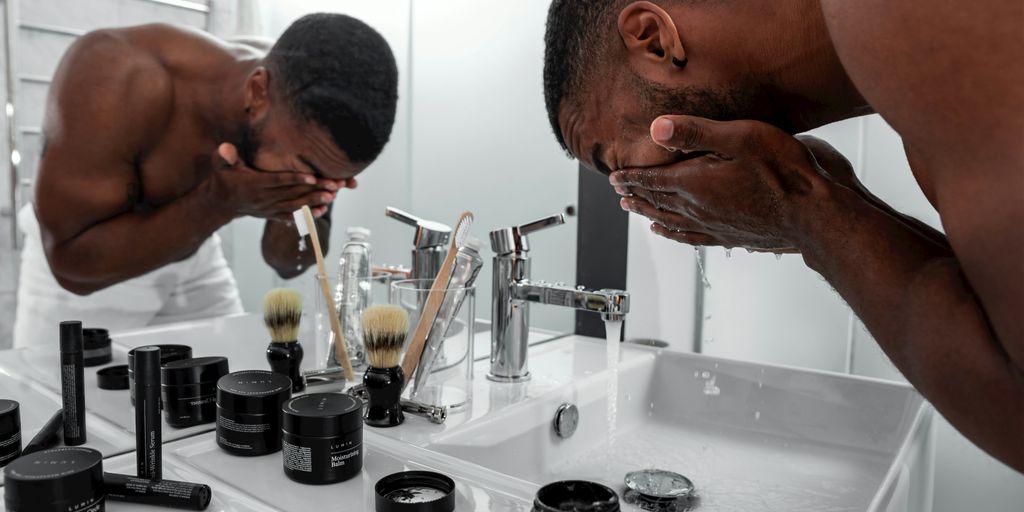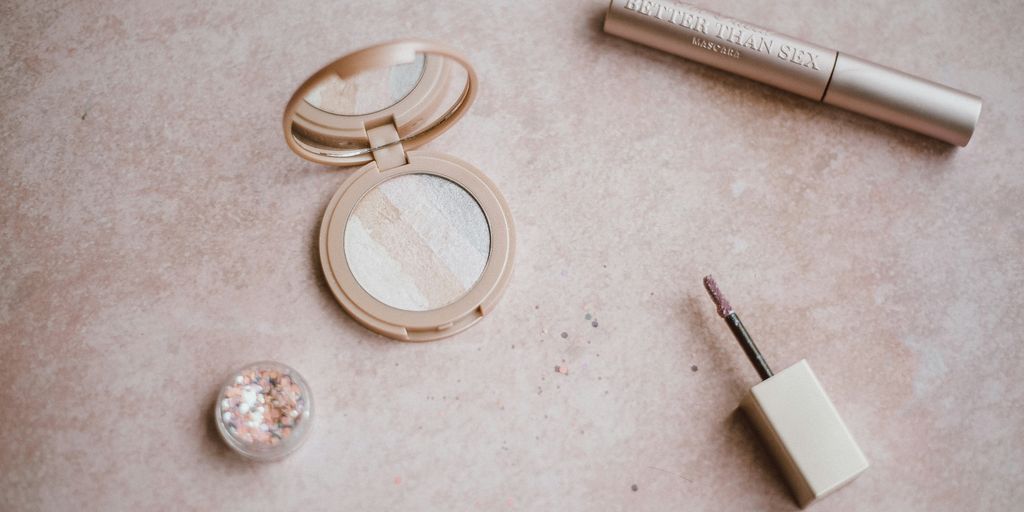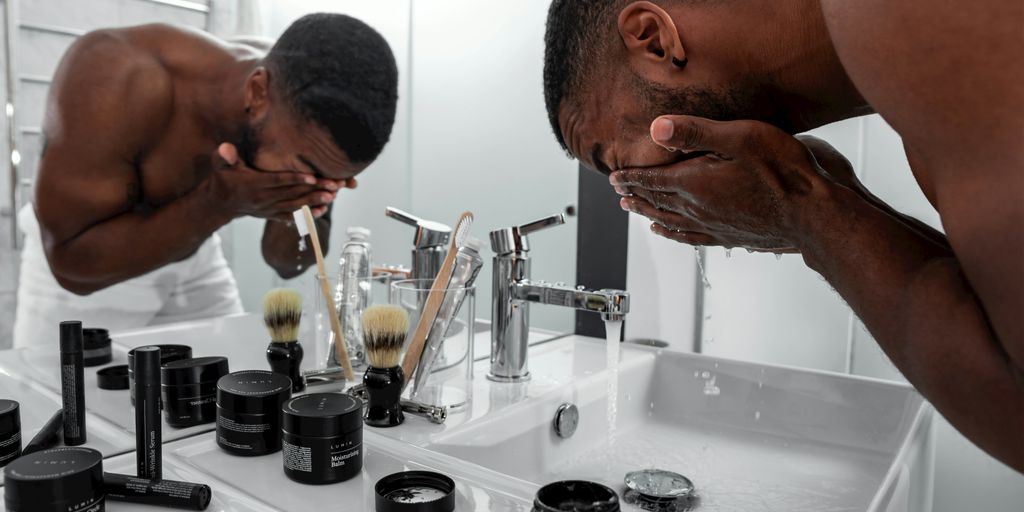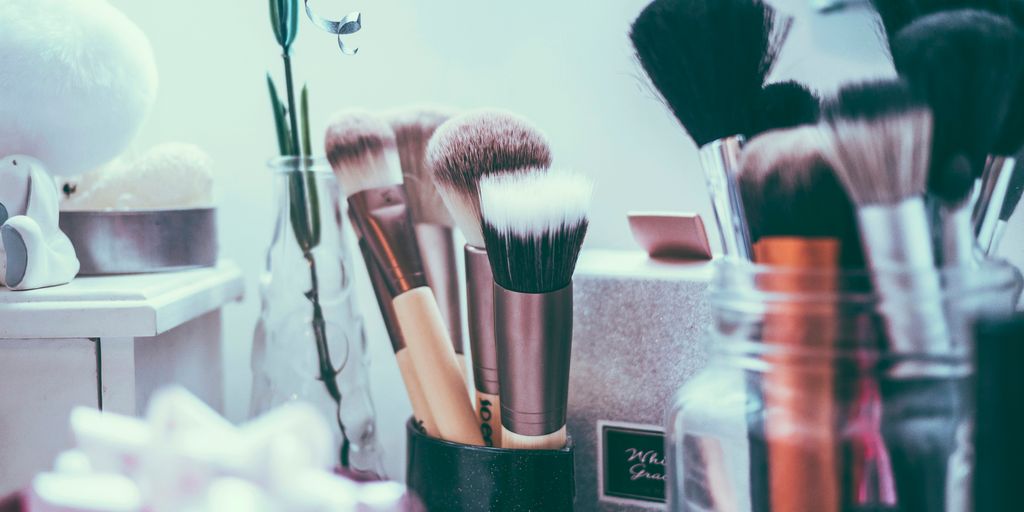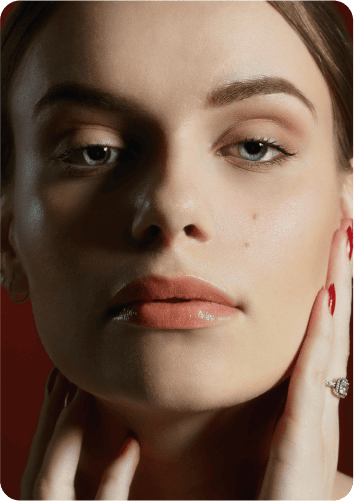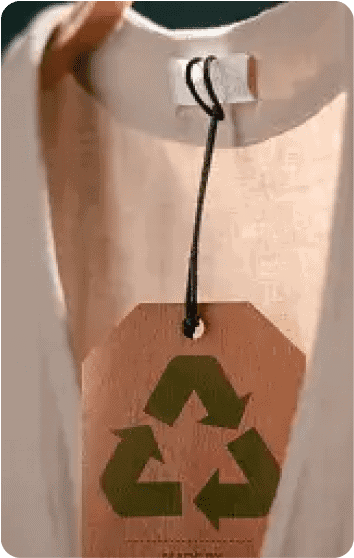CeraVe has become a household name, loved by many for its effective skincare products that dermatologists often recommend. But as consumers become more aware of ethical issues in the beauty industry, a pressing question arises: is CeraVe cruelty free? With animal testing policies and market strategies that can be confusing, it’s essential to unpack what this means for those who care about animal welfare and ethical sourcing. Let’s explore CeraVe’s practices and see where they stand in 2025.
Key Takeaways
- CeraVe is not considered cruelty-free due to its sales in markets like China where animal testing is required by law.
- The brand’s claims of not testing on animals can be misleading, as they allow testing where legally mandated.
- CeraVe contains some animal-derived ingredients, which means it is not fully vegan either.
- Consumers should look for recognized cruelty-free certifications to ensure a brand’s ethical practices.
- There are plenty of cruelty-free and vegan alternatives available for those seeking ethical skincare options.
Understanding CeraVe’s Animal Testing Policy
CeraVe is a popular brand, often recommended for its gentle formulas. But when it comes to animal testing, things get a bit complicated. It’s not always a straightforward yes or no answer, and it requires a closer look at their practices and policies.
Official Statements from CeraVe
CeraVe states that they don’t test their products on animals. However, it’s important to understand the nuances of such statements. Many companies use similar wording, which can sometimes be misleading. It’s essential to dig deeper to understand the full picture.
The Reality of Animal Testing
Animal testing in the cosmetics industry is a controversial topic. While many brands are moving away from it, some still engage in it due to legal requirements in certain markets. Here’s a breakdown of some key points:
- Some countries require animal testing for imported cosmetics.
- Brands might use third-party manufacturers who conduct animal testing.
- Ingredient suppliers might also conduct animal testing.
It’s important to remember that a brand’s official statement might not tell the whole story. Look beyond the surface to understand their complete supply chain and market practices.
Consumer Perception vs. Brand Claims
There’s often a gap between what consumers believe and what brands actually do. Many shoppers assume that if a product is readily available, it must be cruelty-free. However, this isn’t always the case. Consumers should:
- Research brands thoroughly.
- Look for certifications from recognized organizations.
- Understand the implications of selling in certain markets.
The Impact of Selling in China
Navigating the global market can be tricky, especially when it comes to animal testing. For brands like CeraVe, the decision to sell in China brings a whole set of considerations. Let’s break down what this means.
Official Statements from CeraVe
CeraVe has often stated their commitment to cruelty-free practices. However, their presence in the Chinese market complicates this claim. It’s important to understand what they say versus what’s required by law.
The Reality of Animal Testing
China’s regulations have historically required animal testing for many imported cosmetics. This means that even if a company doesn’t conduct animal tests in its home country, its products might undergo such tests to be sold in China. While there have been some changes, the situation remains complex. For example:
- Some products can bypass mandatory testing.
- Post-market testing can still occur.
- The rules vary depending on where the product is sold within China.
Consumer Perception vs. Brand Claims
Consumers are getting smarter and more aware. Many people who choose CeraVe do so because they believe it’s a cruelty-free brand. When they learn about the China situation, it can create a conflict. It’s up to each person to decide if the brand’s overall practices align with their values. It’s a tough call, and there’s no easy answer.
Exploring CeraVe’s Ingredients
It’s easy to get caught up in the hype around a brand, but taking a closer look at what’s actually in your skincare is super important. With CeraVe, understanding the ingredients list can help you decide if it aligns with your personal values, especially if you’re concerned about animal-derived components or prefer vegan products.
Animal-Derived Components
CeraVe products are known for their effectiveness, but not all of them are vegan. Some formulations contain ingredients sourced from animals. It’s important to check the label carefully if you’re avoiding animal products. Common ingredients to watch out for include beeswax, lanolin, and certain types of cholesterol. These ingredients aren’t always clearly labeled as animal-derived, so doing a little research can be helpful.
Vegan vs. Cruelty-Free
It’s easy to confuse "vegan" and "cruelty-free," but they mean different things. A product can be cruelty-free (not tested on animals) but still contain animal-derived ingredients, and vice versa. Vegan products contain no animal ingredients, but the brand might still test on animals. Ideally, you want both, but it’s good to know the difference.
Transparency in Ingredient Sourcing
One thing that can be tricky with CeraVe is knowing exactly where their ingredients come from. While they list the ingredients, they don’t always provide a lot of detail about the sourcing. This lack of transparency can make it hard to be 100% sure about the ethical implications of every ingredient. More transparency would definitely help consumers make informed choices.
It’s up to each of us to decide what matters most in our skincare. By understanding the ingredients and what they mean, we can make choices that align with our values.
The Difference Between Cruelty-Free and Vegan
It’s easy to mix up "cruelty-free" and "vegan," but they actually mean different things when it comes to skincare and cosmetics. Understanding the difference is important if you’re trying to make ethical choices about the products you buy. I know I used to get them confused all the time!
Defining Cruelty-Free
When a product is labeled "cruelty-free," it generally means that the company didn’t test the final product on animals. However, this doesn’t always mean that no animals were harmed in the making of the product. Sometimes, the ingredients themselves might have been tested on animals by a third-party supplier. Also, some companies might only avoid animal testing in certain countries, but not others. It’s a bit of a gray area, and there’s no single, universally enforced definition of "cruelty-free," which makes it tricky.
Understanding Vegan Products
Vegan products, on the other hand, don’t contain any animal-derived ingredients. This means no honey, beeswax, lanolin (from sheep’s wool), or carmine (a red dye made from insects), among other things. A product can be vegan but not cruelty-free if it’s vegan but still tested on animals. It’s all about the ingredients in this case.
Why Both Matter to Consumers
For many people, both cruelty-free and vegan certifications are important. They want to avoid products that harm animals, whether through testing or the use of animal products. It’s about aligning their purchases with their values. I think it’s great that more and more people are thinking about this stuff when they shop.
Choosing cruelty-free and vegan products is a way to support companies that are trying to do better. It sends a message that consumers care about animal welfare and want to see more ethical practices in the beauty industry. It’s not always easy, but every little bit helps!
Alternatives to CeraVe
If you’re trying to move away from CeraVe because of their animal testing policies, don’t worry, there are plenty of other options out there! It might seem hard to switch, especially if you’ve been using CeraVe for a while, but trust me, it’s doable. Finding brands that align with your values is worth the effort.
Cruelty-Free Brands to Consider
So, what are some good alternatives? Well, The Ordinary is a popular choice. They’re cruelty-free and have some vegan options, plus they’re known for minimal packaging. Paula’s Choice is another solid pick; they’re cruelty-free with some vegan products and use recyclable packaging. Krave Beauty is completely cruelty-free and vegan, and they’re even carbon-neutral. And then there’s Biossance, also cruelty-free and vegan, using renewable sugarcane in their products. Here’s a quick rundown:
| Brand | Cruelty-Free | Vegan | Sustainability Initiatives |
|---|---|---|---|
| The Ordinary | Yes | Some | Minimal packaging, eco-conscious sourcing |
| Paula’s Choice | Yes | Some | Recyclable packaging, no animal testing |
| Krave Beauty | Yes | Yes | Carbon-neutral, minimal waste |
| Biossance | Yes | Yes | Uses renewable sugarcane, eco-friendly production |
Vegan Skincare Options
If being vegan is a must for you, then you’ll want to pay close attention to ingredient lists. Lots of brands claim to be cruelty-free but still use animal-derived ingredients. Look for brands like Krave Beauty and Biossance, which are fully vegan. Also, keep an eye out for certifications from organizations like The Vegan Society. It’s a good way to be sure.
How to Choose Ethical Products
Choosing ethical products can feel overwhelming, but here’s a simple approach:
- Look for certifications: Leaping Bunny or PETA certifications are reliable indicators of cruelty-free status.
- Read ingredient lists carefully: Watch out for ingredients like beeswax, lanolin, and carmine.
- Research the brand: See what they say about their practices and if they’re transparent about their supply chain.
It’s all about making informed choices. Don’t be afraid to ask questions and dig a little deeper. Your purchasing power can make a real difference in pushing the beauty industry towards more ethical practices.
Expert Opinions on CeraVe’s Practices
Insights from Beauty Ethicists
Beauty ethicists bring a critical lens to CeraVe’s practices, often highlighting the gap between consumer perception and the brand’s actual stance on animal testing. Many ethicists argue that CeraVe’s presence in markets requiring animal testing, even if not directly conducted by them, compromises any claims of being cruelty-free. They emphasize the importance of complete transparency and advocate for brands to actively push for regulatory changes in those markets. It’s not enough to just say you don’t test; you have to actively avoid situations where testing is mandated by law.
Consumer Advocacy Perspectives
Consumer advocacy groups play a vital role in shaping the conversation around ethical skincare. These groups often conduct independent research and surveys to gauge consumer sentiment and brand accountability. They might point out that while CeraVe offers affordable and effective skincare, consumers are increasingly willing to pay more for products that align with their values. Advocacy groups also focus on:
- Raising awareness about misleading marketing tactics.
- Providing resources for consumers to make informed choices.
- Pressuring brands to adopt cruelty-free practices.
It’s becoming clear that consumers aren’t just buying products; they’re buying into a brand’s ethos. If a brand’s practices don’t align with consumer values, they risk losing a significant portion of the market.
Industry Trends in Animal Testing
The beauty industry is slowly but surely moving away from animal testing. Several factors are driving this shift, including:
- Increased consumer awareness and demand for ethical products.
- Advancements in alternative testing methods, such as in vitro testing and computer modeling.
- Growing regulatory pressure to ban or restrict animal testing.
While some brands, like The Ordinary and Paula’s Choice, have fully embraced cruelty-free practices, others, like CeraVe, are lagging behind. The table below shows how some brands are doing:
| Brand | Cruelty-Free | Vegan | Sustainability Initiatives |
|---|---|---|---|
| The Ordinary | Yes | Some | Minimal packaging, eco-conscious sourcing |
| Paula’s Choice | Yes | Some | Recyclable packaging, no animal testing |
| Krave Beauty | Yes | Yes | Carbon-neutral, minimal waste |
| Biossance | Yes | Yes | Uses renewable sugarcane, eco-friendly production |
Future of CeraVe and Animal Testing
Potential Changes in Policy
It’s tough to say exactly what CeraVe will do in the future, but there are a few things that could push them toward changing their animal testing policies. Consumer pressure is a big one. As more people demand cruelty-free products, brands like CeraVe might feel the need to adapt to stay competitive. Also, changes in regulations around the world could play a role. If more countries ban animal testing for cosmetics, it would make it easier for CeraVe to go cruelty-free globally. The brand’s parent company, L’Oréal, has been exploring alternative testing methods, which could eventually trickle down to CeraVe.
Consumer Influence on Brand Practices
We, as consumers, have more power than we think. Our choices really do matter. By supporting brands that are already cruelty-free and vegan, we send a message to companies like CeraVe that ethical practices are important. Leaving reviews, engaging on social media, and even just talking to friends and family about the issue can all make a difference. If enough people show that they care about animal welfare, CeraVe might be more likely to listen and make changes.
It’s easy to feel like one person can’t change anything, but when lots of people work together, it can really add up. Every purchase is a vote for the kind of world we want to live in.
The Role of Certification Organizations
Organizations like Leaping Bunny and PETA play a big role in helping consumers identify truly cruelty-free brands. These groups have strict standards and audit companies to make sure they’re not testing on animals at any stage of production. If CeraVe were to seek certification from one of these organizations, it would be a clear sign that they’re serious about their commitment to animal welfare. It would also give consumers more confidence in their products. Here’s a quick look at some well-known certifications:
- Leaping Bunny: Requires independent audits and prohibits animal testing at all stages.
- PETA’s Beauty Without Bunnies: Companies sign a statement of assurance and are listed on PETA’s website.
- Choose Cruelty Free (CCF): An Australian organization with a detailed application process and ongoing monitoring.
CeraVe is looking ahead to a future where animal testing is no longer needed. As more people care about how products are made, CeraVe is working hard to find better ways to test their products without harming animals. This change is important for both the animals and the customers who want to buy cruelty-free products. If you want to learn more about CeraVe’s commitment to animal welfare and how you can support cruelty-free brands, visit our website today!
Final Thoughts on CeraVe’s Cruelty-Free Status
In summary, while CeraVe is a popular choice for many due to its effective and affordable skincare products, it falls short of being cruelty-free. The brand’s connection to L’Oréal and its sales in regions where animal testing is required complicate its claims. If ethical considerations are important to you, it might be worth exploring other brands that prioritize cruelty-free practices. There are plenty of alternatives out there that align better with a commitment to animal welfare. Ultimately, the choice is yours, but being informed can help you make a decision that feels right for you.
Frequently Asked Questions
Is CeraVe a cruelty-free brand?
No, CeraVe is not considered cruelty-free because it sells products in countries like China, where animal testing is required by law.
What does CeraVe say about animal testing?
CeraVe claims that it does not test on animals, but this is complicated by their sales in regions where animal testing is mandatory.
Are all CeraVe products vegan?
No, while some CeraVe products are vegan, many contain animal-derived ingredients, so the brand is not fully vegan.
What should I look for in cruelty-free products?
Look for certifications from organizations like PETA or Leaping Bunny, as these ensure that the brand does not test on animals.
What are some alternatives to CeraVe?
There are many cruelty-free brands available, such as The Ordinary and Paula’s Choice, which offer similar products without animal testing.
Why is it important to choose cruelty-free products?
Choosing cruelty-free products helps promote animal welfare and encourages companies to adopt more ethical practices.
